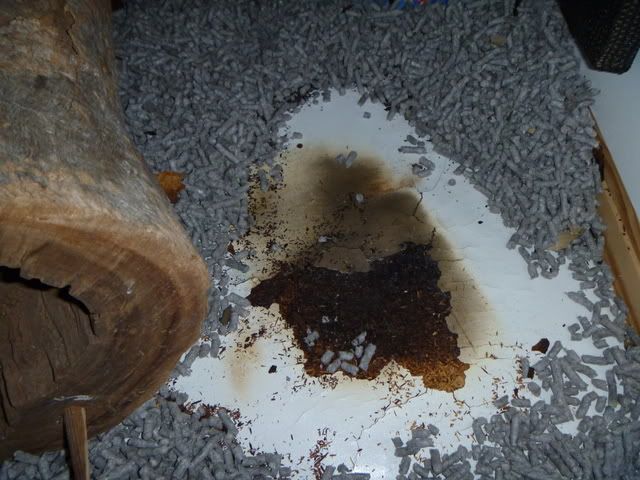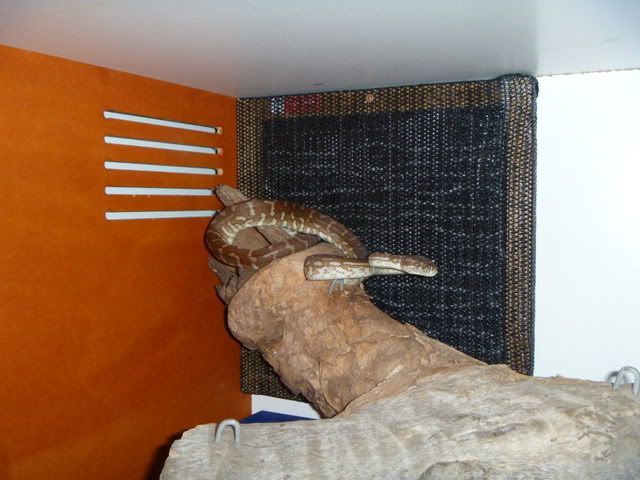leviathan
Active Member
i have just got a 4ft w - 4ft h - 2ft D
enclosure for my coastal, winter temps in melbs are getting colder.
up higher the enclosure the temps are nice and warm and are no problems but the temps at the bottom are reading a little too low for my liking cold end reached a low af 22. over night and about 26 max, and the hot end reached 25 at the lowest and 29 at the hottest.
judt abit worried its a little cold so was thinking of getting a heat mat
but abit worried as the enclosure sits directly on the carpet and i rent, heard a few bad storys to do with heat mats so just wondering if anyone has a enclosure of this size and if they use a heat mat and how they set i up.
cheers

enclosure for my coastal, winter temps in melbs are getting colder.
up higher the enclosure the temps are nice and warm and are no problems but the temps at the bottom are reading a little too low for my liking cold end reached a low af 22. over night and about 26 max, and the hot end reached 25 at the lowest and 29 at the hottest.
judt abit worried its a little cold so was thinking of getting a heat mat
but abit worried as the enclosure sits directly on the carpet and i rent, heard a few bad storys to do with heat mats so just wondering if anyone has a enclosure of this size and if they use a heat mat and how they set i up.
cheers





